Customers’ increasingly busy lives have seen the trend for collection and delivery servicing grow, but some dealers are looking to use teamwork to get people back in the showroom for aftersales work.
Volvo is currently introducing two-person multi-skilled teams (MST) into 75% of its 110-strong network following its successful integration in 10 dealerships.
Within the MSTs, one technician takes on diagnostic work, while the other performs routine maintenance tasks. This has cut standard service time down to an average of 27 minutes (from 54 minutes) and a basic service down to an average of 20 minutes (from 40).
This can help dealers to fit in more jobs, as well as the potential for a reduction in courtesy car fleets and money spent on collection and delivery. While-you-wait customers were boosted by about 45% across Volvo’s 10 trial dealerships.
Customer convenience is one of the driving factors behind this new way of working, in addition to helping Volvo with a servicing capacity issue as its vehicle parc grows.
TMS Hinckley is at the end of a 12-month programme put together by Volvo to change its aftersales approach.
The dealer group was one of the first to start with the new scheme, which includes putting technicians at the front of house dealing directly with customers, in what it calls Volvo Personal Service (VPS).
“If customers know they can come to the dealership and get everything sorted in under an hour, it’s much more time-efficient for them” Len Hallows, TMS
Service advisers are still employed, but they now play more of a support role for the technician teams.
About 30% of servicing work at TMS is while-you-wait and it expects the percentage to continue rising.
Len Hallows, TMS managing director, said: “If customers know they can come to the dealership and get everything sorted in under an hour and work on the free Wi-Fi if they need to, it’s much more time-efficient for them.”
Dealers such as Swansway Group don’t have a specific scheme in place to put multiple teams on vehicles, but it’s something its Crewe Audi dealership has done when needed.
John Oakley, aftersales manager at Swansway’s Crewe Audi site and team leader of the AM Awards 2016 Best Service Reception, said his team will always adapt and change to customer need. He said: “If we know there’s a customer that needs a quick turnaround, we can plan ahead and know we need to put more technicians on a vehicle as and when.”
Oakley said while-you-wait is offered to every customer who comes in for a service, but it’s not mandatory. The aftersales team will explain what there is to offer in the customer lounge area and then leave the choice to the customer. He said customers who tried it for their main service last year are now asking to do it again this year.
In terms of how it’s grown, he said it’s gone from roughly 15% of all servicing work being while-you-wait to 33% now.
He said he would usually have to increase the courtesy car fleet by about four cars a year, but said not having to take on those extra vehicles saved the business about £35,000.
Oakley said: “Having more while-you-wait customers takes the pressure off the courtesy cars and collection and delivery.
“It also means we can have more time with the customers, letting the sales guys catch up with them.”
Oakley said there is a “golden hour” for servicing work: “Customers are happy to wait if you create an environment where they can feel comfortable and they have the ability to catch up with work.”
Speed vs accuracy
David Baddeley, Volvo customer service director, said putting two technicians on a vehicle has improved Volvo’s ‘right first time, on time’ metric from 86% to 93%. Average workshop efficiency has also improved by 7.5 ppts to 93%.
TMS labour hours sold are up 15% over the past 12 months and although Hallows said some of that may be down to Volvo’s increasing market share, he believes the new way the servicing department is run has played a part too. Average technician team efficiency is 98%. Bonuses are given for teams reaching more than 90%.
TMS’s overhead absorption has gone from 60% to 80% over the past 12 months and customer satisfaction scores are in the upper quartile. The UK average for overhead absorption in January 2016 was 54%, according to ASE figures.
Baddeley said customers don’t feel shortchanged by having a faster service - the service process itself is literally transparent, with customers able to watch through a glass partition between the customer waiting area and workshop, as well as having a direct line of communication with technicians.
Hallows said the majority of customers were happy with paying the same price for a shorter turnaround when they knew multiple technicians are working on their vehicle to get it back to them as quickly as possible.
He said all work is agreed to beforehand and the process is explained to customers so they understand why the work is done so quickly.
However, it is a problem Nathan Tomlinson, Devonshire Motors dealer principal, has faced before.
He said: “In a previous role, we had three people working on a vehicle to get the job done quickly, but the customer refused to pay as the job had been completed much quicker than the quoted manufacturer repair time.
“It taught me expectations and explanations are so important. It’s not what you are doing, it’s what the customer understands that you are doing because you have clearly communicated it to him.”
Managing the team
TMS changed the pay structure for its servicing staff to promote teamwork, moving from individual efficiency and labour hours sold, to a team total. It means working together efficiently brings the most reward.
Team meetings are held each morning to discuss the previous day, where improvements can be made and what’s coming up.
Technician teams are put together based on skillset and personality, with staff given some input on who they work with.
The next generation of VPS apprentice technicians are six months into their training and will have no preconceptions of how a servicing department should be run.
Tomlinson believes creating a good team spirit throughout the dealership has to come from the culture of the business.
He said: “Working for the company means being part of a team, a family, and understanding that there is always a goal to achieve and understanding that goal is never an individual one.
“Everyone will have individual targets and incentives related to the job they have direct control over, but if the department is on track then everyone benefits.”
Servicing of the future
As vehicles become more like computers and less about oil and moving parts, there isn’t as much to service. So much so that companies such as Tesla refuse to treat aftersales as a profit centre.
Hallows believes the time it takes to service a vehicle won’t change dramatically for many years, but the skill set of the technician will.
He said: “Instead of parts and oil, the role of the technician will become even more diagnostic and that is becoming more complicated as vehicles come with more sophisticated technology features.”
Even with engines of the future, cars are expected to always have wheels, air conditioning and brakes that need replacing.
Oakley said the difference in service time between an Audi A3 e-Tron and an A3 2.0-litre TDI is negligible, with diagnostic work on hybrid models actually taking longer than a standard service.
Tomlinson agrees that diagnostics on electric and plug-in hybrid vehicles can be “even more difficult and time-consuming” and this will only increase as vehicles become more sophisticated.
Using technology to boost efficiency
Some dealers are improving aftersales department efficiency with new technology.
Gemini Systems’ TechMate is an Android-based app that integrates with dealership management systems. It allows technicians to use a digital job card to clock on and off the operations of a job sheet through a tablet computer.
Workshop control and service advisers can assign operations to a technician, with start times and durations.
Jon Skinner, Gemini’s director of business development, said: “Helping to cut time expenditure, emerging work and eVHC upsells can be added to a repair order by the service advisers. These are instantly visible on the technician’s tablet, allowing them to start work as soon as the work is authorised, rather than waiting for another job card to be printed or produced.”
Chris Poulsom, MDF 360 customer relationship management director, is looking to boost efficiencies for dealers by grouping sales and aftersales contact, meaning more can be accomplished with customers in one visit.
Poulsom said: “We see cases of service departments not recognising where MOT/service/amber follow-up work can be carried out on one visit to save time and cost associated with marketing twice.”
Poulsom said aftersales departments can also improve efficiency with offering pre-filled servicing online booking forms. It helps customers to be more accurate with the work they need doing and can help dealers to increase accuracy on things such as pre-ordering parts for the work ahead.

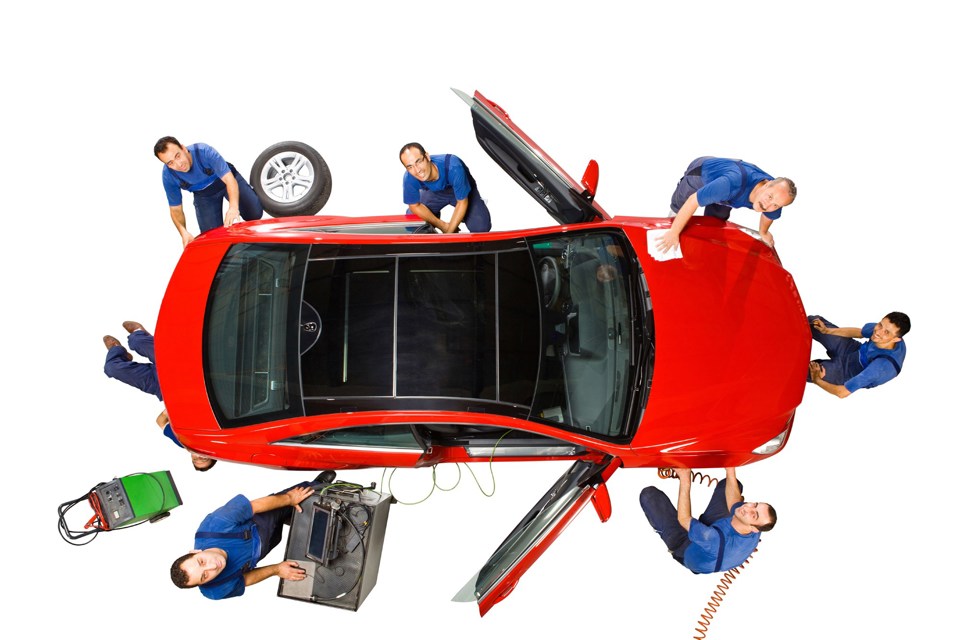


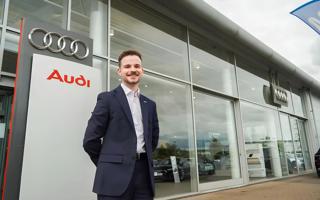
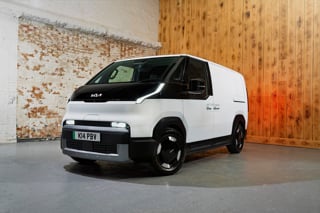
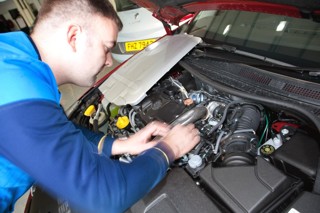
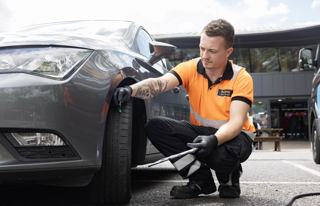
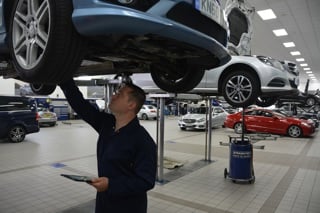

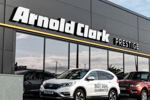











Phill - 02/10/2019 14:26
This sounds all very good having a service done in twenty minutes however what do you think it will do for customer relations? Being charged 1.5 in labour for a service that takes 0.4? Surely questions are going to be asked?!